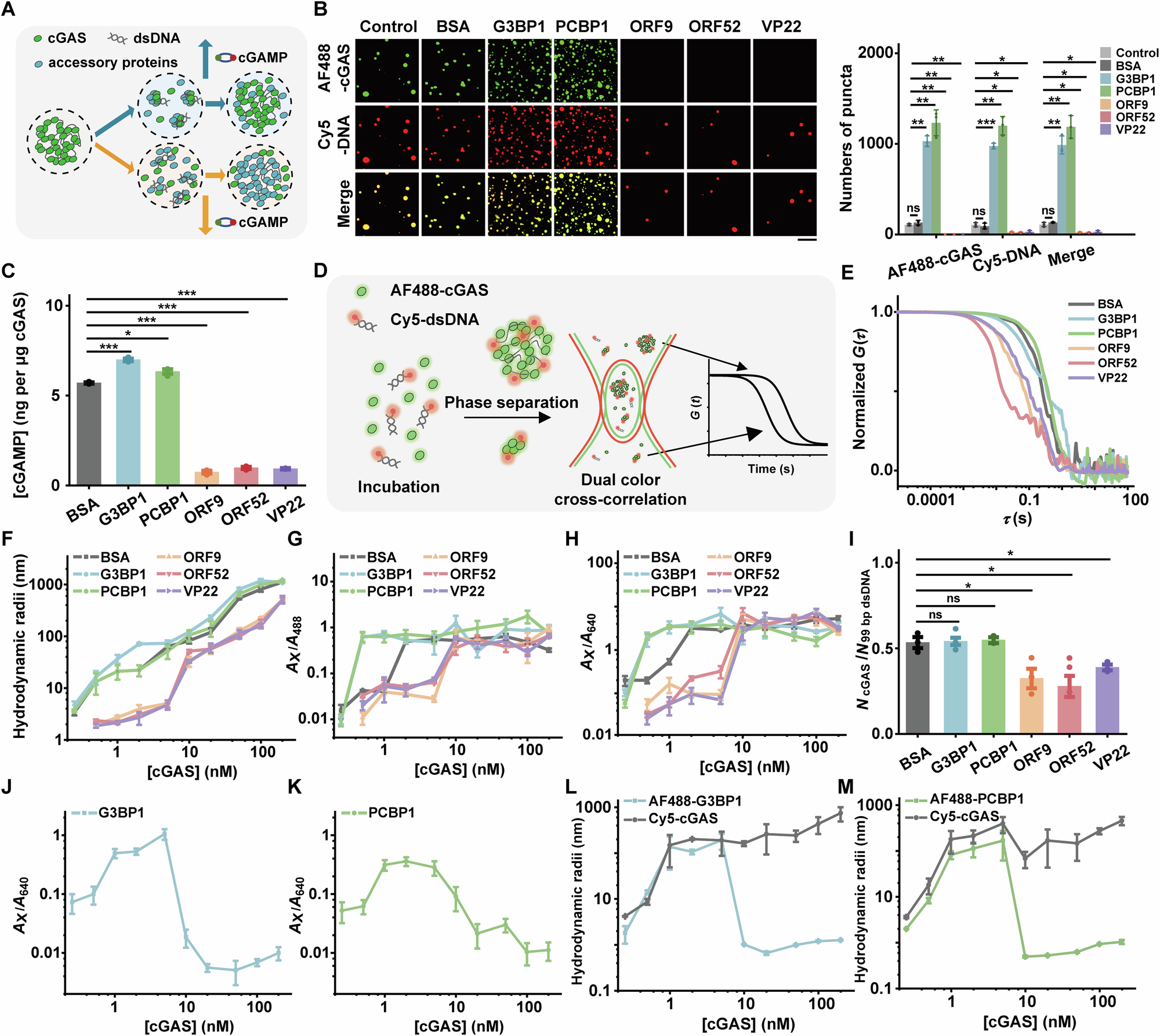2025-04-15 筑波大学

男⼥別・認知機能検査結果別に⾒た⾞両相互事故で第 1 当事者になる(事故を起こす)リスクと同乗者の有無との関連
調整オッズ⽐は、第 1 当事者のうち事故時に同乗者がいた⼈といなかった⼈の⽐と第 2 当事者における ⽐の⽐(オッズ⽐)に対して、事故の発⽣に寄与しうる要因(年齢、過去の事故経験、事故時の運転⽬的・時間帯・天候・場所)を調整した指標。これが 1 を下回る場合、第 1 当事者より第 2 当事者の⽅が⾼い割合で同乗者を伴っていたことを意味し、同乗者を伴っていた⽅が⾞両相互事故で第 1 当事者になりにくい可能性を⽰唆している。
<関連情報>
- https://www.tsukuba.ac.jp/journal/medicine-health/20250415141500.html
- https://www.tsukuba.ac.jp/journal/pdf/p20250415141500.pdf
- https://www.sciencedirect.com/science/article/abs/pii/S002243752500060X
認知機能低下の有無にかかわらず、高齢ドライバーにおける同乗者の有無と過失衝突リスクとの関連性 Association between the presence of passengers and at-fault crash risk among older drivers with and without cognitive decline
Masao Ichikawa, Haruhiko Inada, Hanae Kosuge, Nobuaki Takubo
Journal of Safety Research Available online: 10 April 2025
DOI:https://doi.org/10.1016/j.jsr.2025.04.002
Highlights
- The potential role of passengers in the safety of older drivers was investigated.
- The presence of passengers was associated with lower at-fault crash risk.
- This association was observed among older drivers, regardless of their cognitive status.
Abstract
Introduction: Older drivers, especially those with cognitive decline, should be supported in continuing to drive safely, given their lowered driving abilities, limited alternative transportation options, and the adverse health outcomes associated with driving cessation. One potential strategy to reduce crash risk is having passengers as co-pilots. Therefore, we investigated whether the presence of passengers was associated with at-fault crash risk among older drivers with different cognitive statuses. Methods: Using nationwide police-reported crash data linked with driver licensing data, which includes cognitive assessment results at license renewal, for all licensed drivers aged 75 years or older in Japan, we conducted a culpability analysis among those involved in car-to-car crashes from 2014 to 2020. The analysis compared the exposure status (presence of passengers at the time of crash) between drivers responsible for the crash and drivers not responsible. We used logistic regression to estimate at-fault crash risk associated with passengers, controlling for potential confounders, separately for male or female drivers with suspected dementia, slight cognitive decline, or no cognitive decline. Results: Our crash data included 108,945 responsible and 56,783 non-responsible drivers. Among male drivers, 15% to 16% of responsible drivers and 29% to 33% of non-responsible drivers were accompanied by passengers at the time of crash, depending on their cognitive status. Among female drivers, 10% to 11% of responsible drivers and 26% to 27% of non-responsible drivers had passengers. The strength of the association did not vary largely across cognitive statuses among both male and female drivers, with adjusted odds ratios ranging from 0.36 to 0.43 for males and from 0.30 to 0.32 for females. Conclusion: The presence of passengers was associated with lower at-fault crash risk among older drivers, regardless of their cognitive status. Practical applications: Our findings suggest the potential role of passengers in enhancing the safety of older drivers.


